Aikin, R.C. 1897. "Bees Evaporated; A New Malady." Gleanings in Bee Culture 25:479-480.
Belknap, Cindy. 2010. The Complete Guide to Beekeeping for Fun & Profit: Everything You Need to Know Explained Simply. Ocala, FL: Atlantic Publishing Group, Inc.
Bendahou, N.; Fleche, C.; and Bounias, M. 1999. "Biological and Biochemical Effects of
Chronic Exposure to Very Low Levels of Dietary Cypermethrin (Cymbush) on Honeybee
Colonies (Hymenoptera: Apidae)." Ecotoxicology and Environmental Safety 44:147-153.
Benjamin, Alison; Holpuch, Amanda; and Spencer, Ruth. 30 July 2013. "Buzzfeeds: The Effects of Colony Collapse Disorder and Other Bee News." The Guardian: US Edition > Environment. Retrieved September 10, 2014.
- Available at: http://www.theguardian.com/environment/2013/jul/30/buzzfeeds-bees-colony-collapse-disorder
Benjamin, Allison; and McCallum, Brian. 2011. Bees in the City: The Urban Beekeepers' Handbook. Guardian Books.
Benjamin, Allison; and McCallum, Brian. 2009. A World Without Bees. New York, NY: Pegasus Books LLC.
Betts, A.D. 1919. "Fungus Diseases of Bees." Bee World 1:132.
Bonney, Richard E. 1993. Beekeeping: A Practical Guide. Pownal, VT: Storey Books.
Bortolotti, L.; Montanari, R.; Marcelino, J.; Medrzycki, P.; Maini, S.; and Porrini, C. 2003.
"Effects of Sub-lethal Imidacloprid Doses on the Homing Rate and Foraging Activity of
Honey Bees." Bulletin of Insectology 56:63-67.
Burnside, C.E. 1930. "Fungous Diseases of the Honeybee." U.S. Department of Agriculture
Technical Bulletin 149:1-43.
Carr, E.G. 1918. "An Unusual Disease of Honey Bees." Journal of Economic Entomology
11:347-351.
Cox, R.L.; and Wilson, W.T. 1984. "Effects of Permethrin on the Behavior of Individually
Tagged Honey Bees, Apis mellifera L. (Hymenoptera: Apidae)." Environmental
Entomology 13:375-378.
Crane, Eva. 1999. The World History of Beekeeping and Honey Hunting. New York, NY and Abingdon, England: Routledge, Taylor and Francis Group.
Engel, Michael S.; Hinojosa-Díaz, Ismael A.; and Rasnitsyn, Alexandr P. 2009. “A Honey Bee from the Miocene in Nevada and the Biogeography of Apis (Hymenoptera: Apidae: Apini).” Proceedings of the California Academy of Sciences 460(3):23-38.
Flottum, Kim. 2005. The Backyard Beekeeper: An Absolute Beginner’s Guide to Keeping Bees in Your Yard and Garden. Gloucester, MA: Quarry Books.
Foote, H.L. 1966. "The Mystery of the Disappearing Bees." American Bee Journal 106:126-
127.
"Georgian Scientists Consider Georgian Honey Older than Egyptian." Rustavi 2 Broadcasting Company: News > March 29, 2012. Retrieved September 10, 2014.
- Available at: http://www.rustavi2.com/news/news_text.php?id_news=45045&ct=0&im=main&ddd=&ddd2=&month=10&year=2014&srch_w=&srch=0&wth=0&rec_start=0&rec_start_nav=0&ddd2=09-09-14&month=10&year=2014
Giauffret, A.; and Tahercio, Y.P. 1967. "Les mycoses de l'Abeille (Apis mellifica L.) étude de
quelques antimycosiques." Bulletin Apicole 10:163-174.
Hall, Derek. Bees & Bee-keeping. New York, NY: Chartwell Books, Inc.
"Honey Bees and Colony Collapse Disorder." United States Department of Agriculture Agricultural Research Service: News. Retrieved September 10, 2014.
- Available at: http://www.ars.usda.gov/News/docs.htm?docid=15572#bk
Hubbell, Sue. 1988. A Book of Bees. New York, NY: Random House, Inc.; Toronto, Canada: Random House of Canada Limited.
Huff, Ethan A. 7 September 2014. "Groundbreaking Study Shows That Roundup Causes Honeybees to Starve." NaturalNews. Retrieved September 10, 2014.
- Available at: http://www.naturalnews.com/046769_Roundup_honeybees_colony_collapse_disorder.html#
Jacobsen, Rowan. 2008. Fruitless Fall: The Collapse of the Honey Bee and the Coming Agricultural Crisis. New York, NY: Bloomsbury USA.
Jones, Richard A.; and Sweeney-Lynch, Sharon. 2011. The Beekeeper’s Bible: Bees, Honey, Recipes & Other Home Uses. New York, NY: Stewart, Tabori & Chang.
Kauffeld, N.M. 1973. “Disappearing Disease…a Longevity Problem?” Agricultural Research 22:14.
Kluger, Jeffrey. 7 October 2010. "The Riddle of the Bee Deaths: Solved At Last?" Time: Food. Retrieved September 10, 2014.
- Available at: http://science.time.com/2010/10/07/the-riddle-of-the-bee-deaths-solved-at-last/
Kulinčević, J.M.; Rothenbuhler, W.C.; and Rinderer, T.E. 1982. "Disappearing Disease. Part I.
Effects of Certain Protein Sources Given to Honey-bee Colonies in Florida." American Bee
Journal 122:189-191.
Kulinčević, J.M.; Rothenbuhler, W.C.; and Rinderer, T.E. 1983. "Disappearing Disease. II.
Effects of Certain Protein Sources on Brood Rearing and Length of Life in the Honey Bee
under Laboratory Conditions." American Bee Journal 123:50-53
Kulinčević, J.M.; Rothenbuhler, W.C.; and Rinderer, T.E. 1984. "Disappearing Disease: III. A
Comparison of Seven Different Stocks of the Honey Bee (Apis mellifera)." The Ohio State
University Research Bulletin 1160. Wooster, OH: Ohio Agricultural Research and Development
Center.
Lomsadze, Giorgi. 30 March 2012. "Report: Georgia Unearths the World's Oldest Honey." EurasiaNet: Regions > Georgia > Tamada Tales, a Daily Feast of News from the South Caucasus. The Open Society Institute. Retrieved September 10, 2014.
- Available at: http://www.eurasianet.org/node/65204
Maassen, A. 1906. "Die Aspergillusmykose der Bienen." Mitteilungen aus der Kaiserlichen
Biologischen Anstalt für Land- und Forstwirtschaft 2:30-31.
Morse, R.A.; and Flottum, K. (Eds.). 1997. Honey Bee Pests, Predators, and Diseases. Third Edition. Medina, OH: The A. I. Root Company.
Nordhaus, Hannah. 2011. The Beekeeper's Lament. New York, NY: HarperCollins Publishers.
Oertel, E. 1965. "Many Bee Colonies Die of an Unknown Cause." American Bee Journal 105:48-
49.
Olley, K., 1976. "Those Disappearing Bees." American Bee Journal 116:520-521.
"Pesticide Issues in the Works: Honeybee Colony Collapse Disorder." United States Environmental Protection Agency: Pesticides > About Pesticides > Pesticide Issues in the Works. Retrieved September 10, 2014.
- Available at: http://www.epa.gov/pesticides/about/intheworks/honeybee.htm
Rana, B.S.; and Hamid, M.T. 1988. "Occurrence of Some Fungal Parasites on Bees (Apis
mellifera L.) Comb -- A New Report. Indian Bee Journal 50:23.
Ransome, Hilda M. 2004. The Sacred Bee in Ancient Times and Folklore. Mineola, NY: Dover Publications.
Readicker-Henderson, Edward. 2009. A Short History of the Honey Bee: Humans, Flowers, and Bees in the Eternal Chase for Honey. Images by Ilona McCarty. Portland, OR and London, England: Timber Press, Inc.
Report of the Commissioner of Agriculture for the year 1868. Washington, D.C.: U. S.
Government Printing Office.
Roberge, F. 1978. "The Case of the Disappearing Honeybees." National Wildlife 16:34-35.
Sammataro, Diana; and Avitabile, Alphonse. 1998. The Beekeeper's Handbook. Third Edition. Ithaca, NY and London, England: Cornell University Press Comstock Paperbacks.
Steiner, Rudolf. 1998. Bees. Lectures by Rudolf Steiner Translated from the German Über die Bienen by Thomas Braatz. Great Barrington, MA: Anthroposophic Press.
Stiglitz, Dean; and Herboldsheimer, Laurie. 2010. The Complete Idiot's Guide to Beekeeping. New York, NY: Penguin Group (USA) Inc.: Alpha.
Toothman, Jessika. 9 June 2008. "How Colony Collapse Disorder Works." HowStuffWorks: Animals > Wild Animals > Insects & Arachnids > Insects. Retrieved September 10, 2014.
- Available at: http://animals.howstuffworks.com/insects/colony-collapse-disorder.htm
Underwood, Robyn N.; and van Engelsdorp, Dennis. 17 May 2007. "Colony Collapse Disorder: Have We Seen This Before?" Mid-Atlantic Apiculture Research and Extension Consortium.
Vandame, R.; Meled, M.; Colin, M.E.; and Belzunces, L.P. 1995. "Alteration of the Homing-flight
in the Honeybee Apis mellifera L. Exposed to Sublethal Dose of Deltamethrin." Environmental Toxicology and Chemistry 14:855-860.
Walsh, Bryan. 7 May 2013. "Beepocalypse Redux: Honeybees Are Still Dying -- and We Still Don't Know Why." Time: Food. Retrieved September 10, 2014.
- Available at: http://science.time.com/2013/05/07/beepocalypse-redux-honey-bees-are-still-dying-and-we-still-dont-know-why/
Wilson, W.T.; and Menapace, D.M. 1979. "Disappearing Disease of Honey Bees: A Survey of
the United States." American Bee Journal 119:Part I:118-119, Part II:184-186, 217.
Wilson-Rich, Noah. 2014. The Bee: A Natural History. Princeton, N.J.: Princeton University Press.
Witherell, P.C. 1975. "Conference on the Disappearing Disease of Honey Bees." American Bee
Journal 115:300.


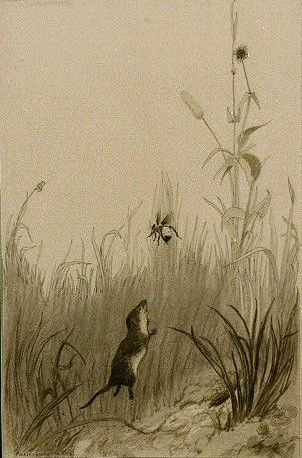
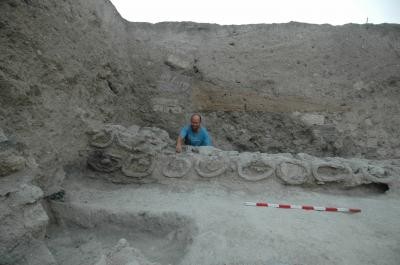
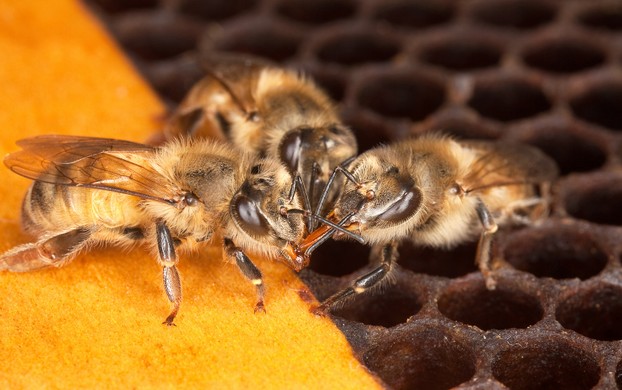
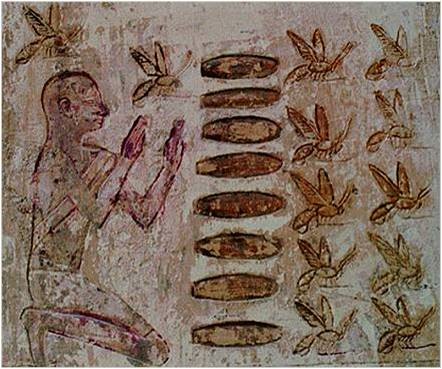

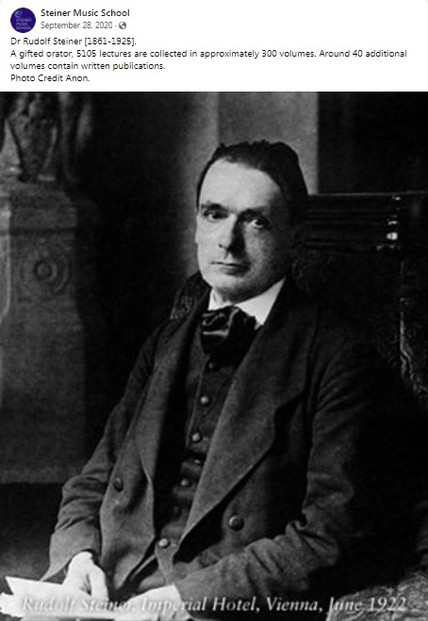
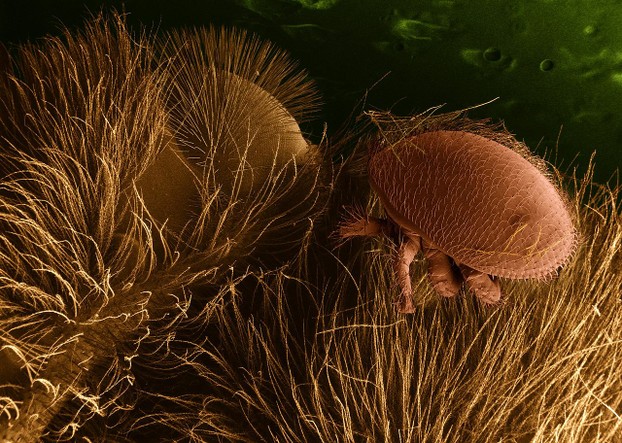
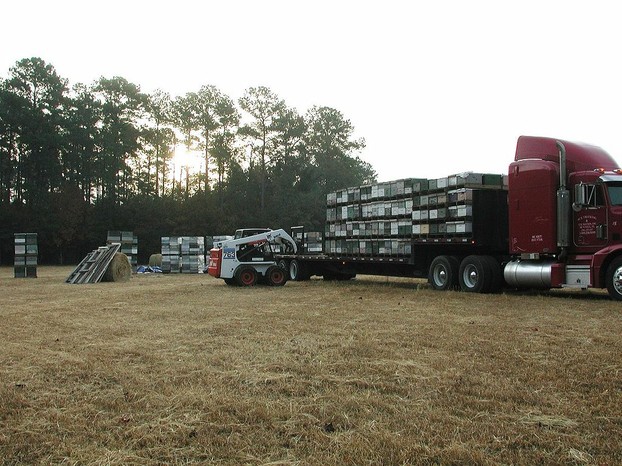
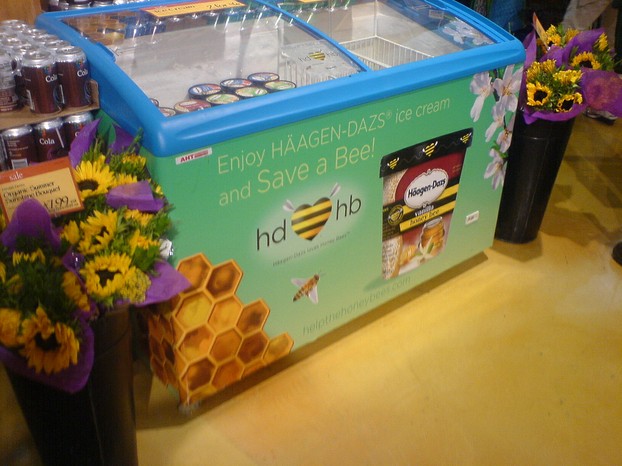
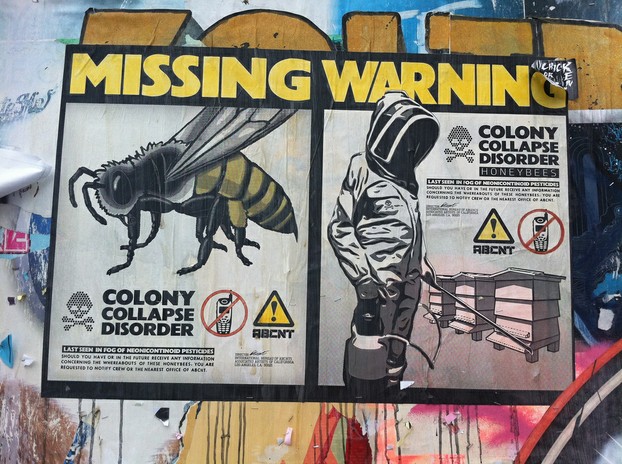
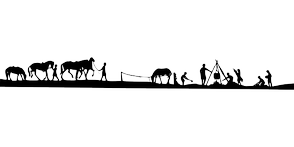


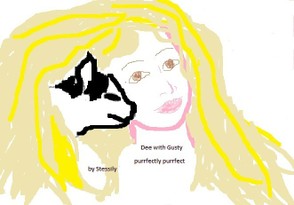
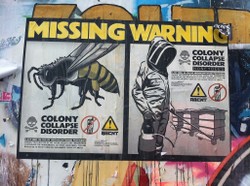

 Are Hawaiian Huakai Po Nightmarchers Avenging Halloween Thursday?on 10/02/2024
Are Hawaiian Huakai Po Nightmarchers Avenging Halloween Thursday?on 10/02/2024
 Mailing Addresses for 2023 Form 4868 Extending 1040 and 1040SR April 15, 2024, Due Dateon 04/15/2024
Mailing Addresses for 2023 Form 4868 Extending 1040 and 1040SR April 15, 2024, Due Dateon 04/15/2024
 Mailing Addresses for 2023 Forms 1040 and 1040SR Filed in 2024on 04/15/2024
Mailing Addresses for 2023 Forms 1040 and 1040SR Filed in 2024on 04/15/2024
 Mailing Addresses for 2022 Form 4868 Extending 1040 and 1040SR April 18, 2023, Due Dateon 04/13/2023
Mailing Addresses for 2022 Form 4868 Extending 1040 and 1040SR April 18, 2023, Due Dateon 04/13/2023

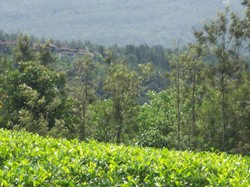
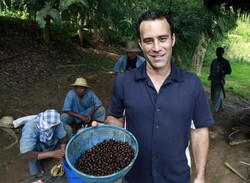
Comments